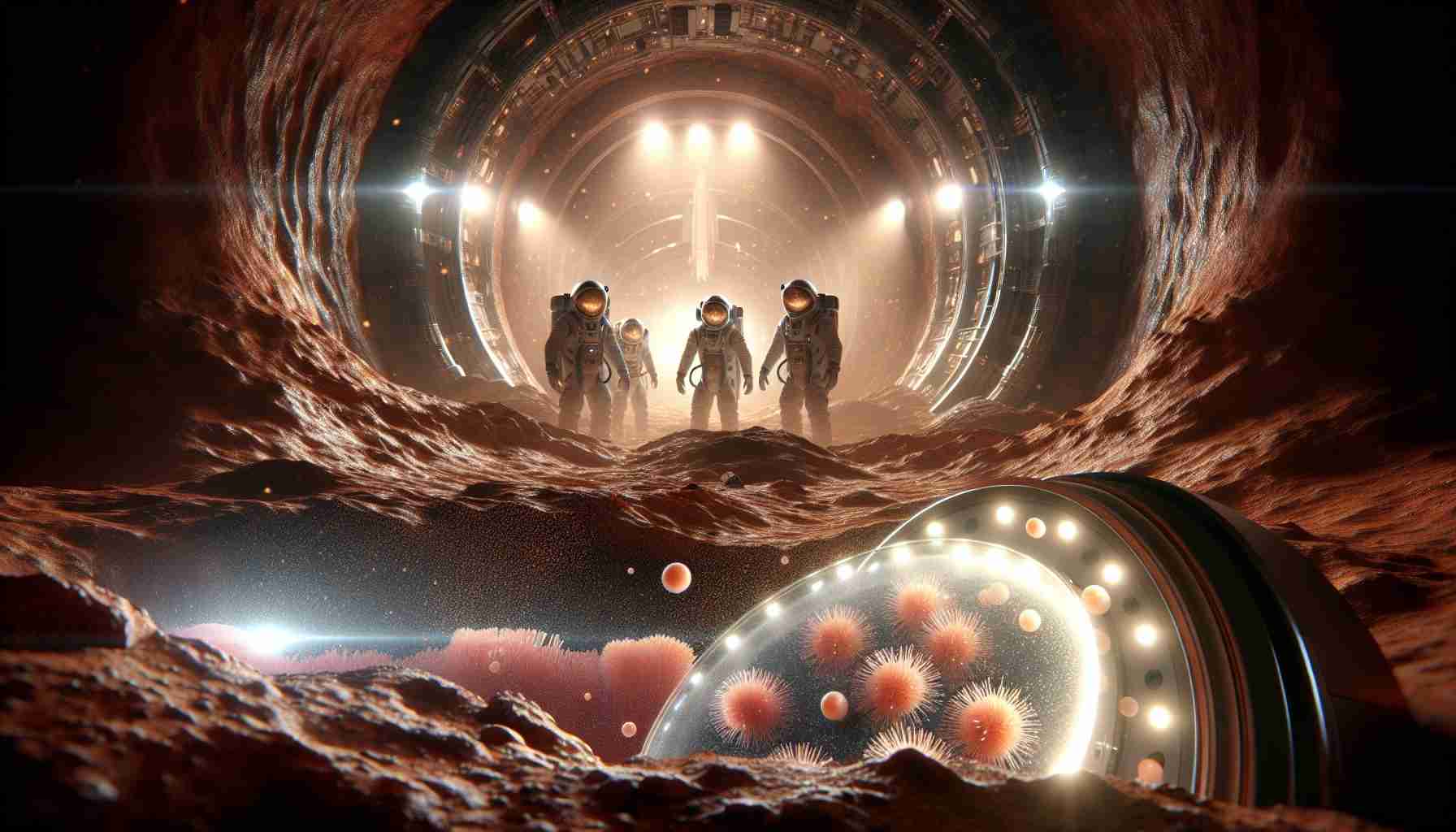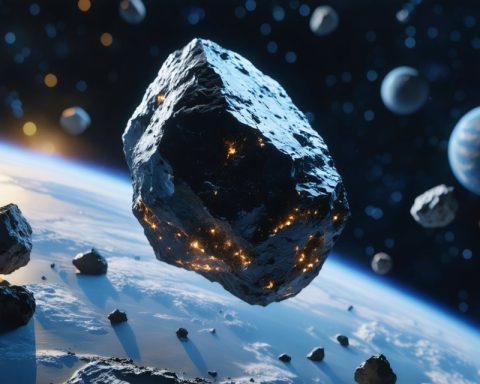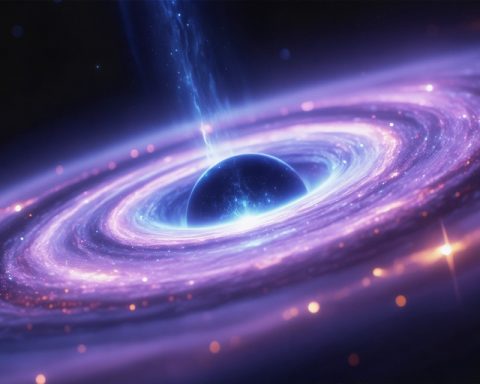Researchers Uncover Fertile Ground for Microbial Life
Scientists have identified an intriguing potential haven for life beneath the surface of Mars, challenging previous assumptions about the planet’s habitability. Rather than clinging to the surface, where harsh radiation from the sun would swiftly eradicate any organisms, microbial life may thrive mere centimetres below the icy crust. This subterranean realm, reminiscent of the dusty landscapes of Alaska, offers a sheltered environment where microbial organisms could harness light energy for vital processes like photosynthesis, shielded from the planet’s harmful ultraviolet radiation.
The Quest for Simple Lifeforms
Delving deeper into the Martian depths, researchers speculate that a more pristine ice layer several meters below the surface could also harbor life. Here, sunlight may penetrate further, creating an alternative “habitable zone” where minimal quantities of liquid water could sustain simple lifeforms such as algae, fungi, and cyanobacteria. While concrete evidence of life on Mars remains elusive, these findings open up intriguing possibilities for future exploration missions and our understanding of the Red Planet.
Future Frontiers in Martian Research
Pioneering studies led by planetary ice specialist Dr. Aditya Khuller hint at the accessibility of Mars’ icy landscapes as potential hotspots for discovering extraterrestrial life. By pinpointing the most promising regions for investigation, such as the Martian gullies in Terra Sirenum and Dao Vallis, researchers are equipping themselves with valuable insights for future exploration endeavors. As we continue to unravel the mysteries of our neighboring planet, the search for life beyond Earth takes on a new dimension, fueled by the tantalizing prospects lurking beneath the Martian surface.
Unearthing Martian Mysteries: Beyond the Ice-Covered Terrain
As researchers delve further into the enigmatic Martian depths, new questions arise regarding the potential for life below the planet’s icy surface. One pressing query that emerges from recent studies is whether the subsurface environment on Mars could support more complex life forms beyond microbial organisms. Could there be undiscovered ecosystems thriving in the subglacial lakes or aquifers beneath the frozen landscape?
Exploring the Diversity of Martian Habitats
In addition to the icy realms that have captured scientists’ attention, other intriguing habitats on Mars merit exploration for possible life forms. One such area of interest is the volcanic regions that may host geothermal activity, providing sources of heat and energy that could sustain unique ecosystems. Furthermore, the presence of mineral deposits and organic compounds scattered across the Martian landscape raises the important question of whether these resources could nurture microbial communities or even more advanced life forms.
Challenges and Controversies in Martian Exploration
One of the key challenges facing researchers exploring the depths of Mars is the lack of direct access to subsurface environments. While robotic missions and landers have provided valuable data from the planet’s surface, drilling deep into the Martian crust to sample potential habitats remains a technical hurdle. The controversy surrounding the possibility of contaminating these pristine environments with Earth microbes during exploration missions also poses ethical dilemmas that scientists must address.
Advantages and Disadvantages of Subsurface Exploration
One advantage of focusing on subsurface exploration is the protection it offers against the harsh surface conditions of Mars, including intense radiation and extreme temperatures. By seeking life below the surface, scientists can potentially uncover organisms that have developed unique adaptations to survive in these challenging environments. However, the disadvantage lies in the complexity and costs associated with developing technology capable of drilling into the Martian subsurface and retrieving samples without compromising scientific integrity.
For further information on Martian exploration and the search for extraterrestrial life, visit NASA’s official website.













